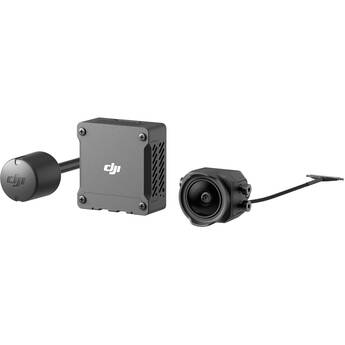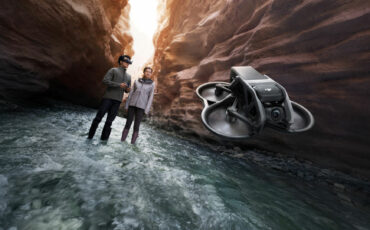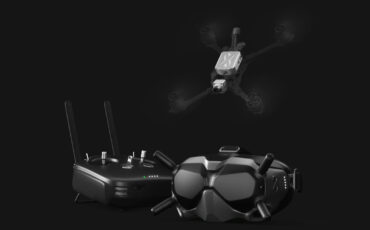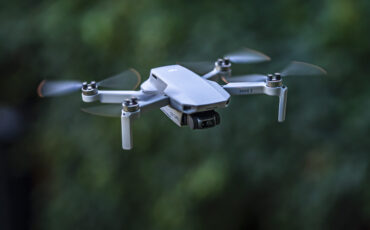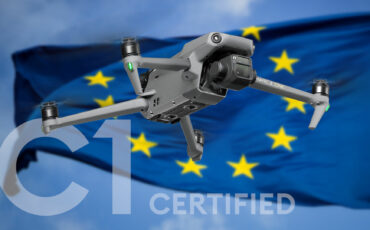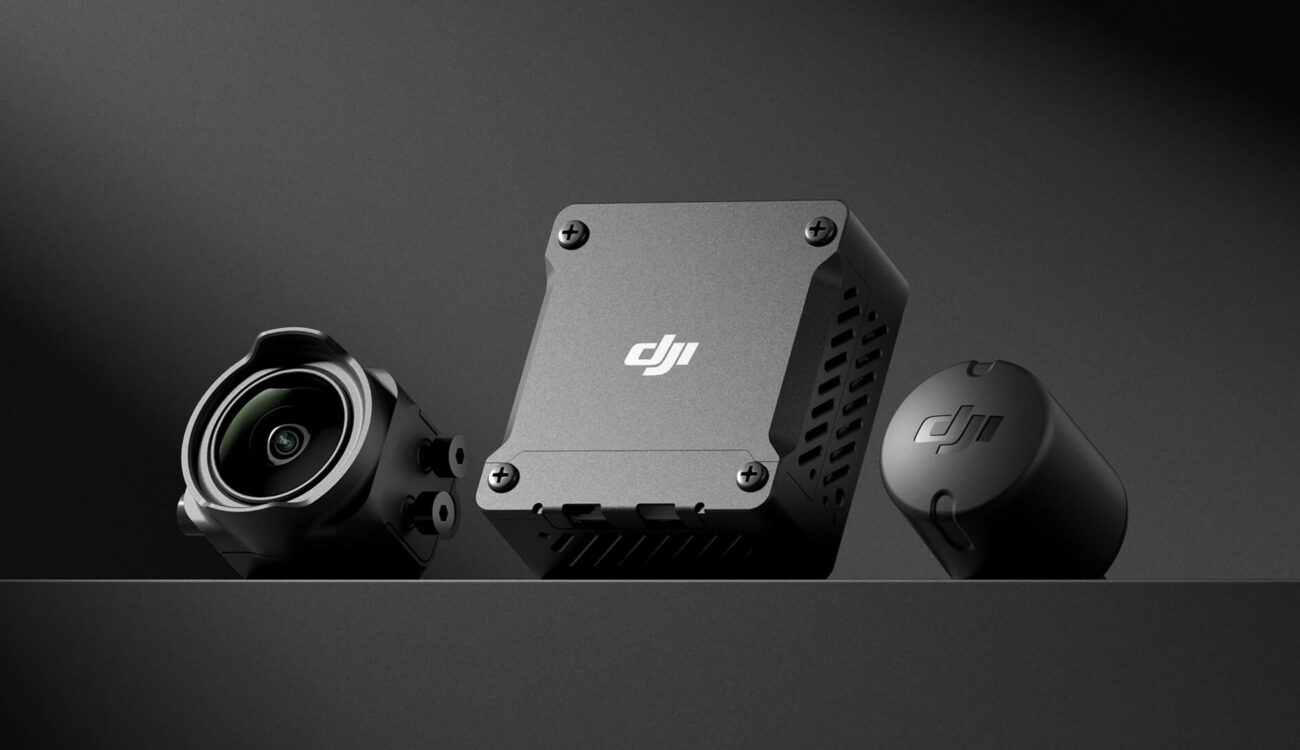
DJI O3 Air Unit brings O3+ transmission technology for 1080p 120fps low-latency stream at up to 6.2 miles distance to any FPV drone. It can also capture up to 4K 60fps or 2.7K 120fps footage on the built-in 20GB storage. Additionally, the new DJI Goggles 2 can now be purchased separately for $649 and used with the new DJI O3 Air Unit. The unit itself sells for $229.
At the end of August, DJI announced its second generation FPV drone – the DJI Avata. Along with the drone, the company also announced new goggles for FPV flying with a slightly confusing name – DJI Goggles 2 which is a successor to the DJI FP Goggles V2. Now, DJI announced the O3 Air Unit – a new FPV video transmission system based on the DJI Avata technology. And as of today, the Goggles 2 became available as a standalone product. Let’s take a look at the details.
DJI O3 Air Unit
The O3 Air Unit consists of a camera module, a transmission module, and an antenna. The system utilizes DJI’s O3+ video transmission protocol. The company claims that with the built-in 2T2R omnidirectional antennas, the system can deliver up to 1080p 100fps H.265 video feed with a maximum bitrate of 50Mbps with low latency (down to 30ms) at up to 10km (6.2 miles) distance (measured while using DJI Goggles 2 and tested in an outdoor open environment free of interference, FCC-compliant).
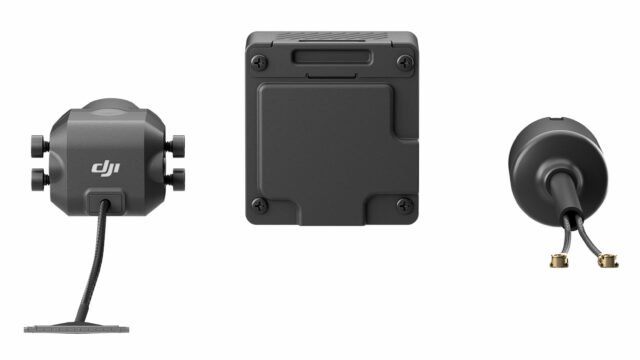
It sounds like a really robust video transmission technology and DJI claims that when the system senses a crowded signal environment, the O3 Air Unit automatically selects the best signal frequency and uses anti-interference technologies to keep a solid connection to the pilot. DJI further claims that both 2.4 GHz and 5.8 GHz frequency bands are supported for receiving, but only the 5.8 GHz frequency band is supported for transmitting.
Philip Bloom's Cinematic Masterclass
Camera unit – larger sensor
The camera unit is identical to the one used in the DJI Avata. It houses a 1/1.7-inch 48MP sensor with an ultra-wide-angle f/2.8 lens for up to 155° FOV (12.7mm equivalent focal length, in certain recording modes). DJI used this sensor in many of their recent products such as Action 2 and 3, or the Pocket 2 gimbal camera. Given the size of the tiny camera unit (21.2×20×19.5 mm), this sensor is actually physically quite large. For reference, GoPro HERO11 has a 1/1.9-inch sensor – the largest sensor in a GoPro yet, but still smaller than what DJI uses in their latest products.
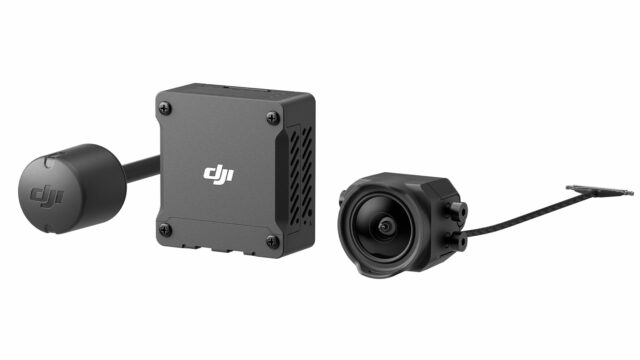
The O3 Air Unit can record video at up to 4K 60fps or 2.7K 120fps for slow-motion shots. Video can be shot in D-Cinelike color mode for more flexibility in post-production. There is no info on whether the recorded footage is 8-bit or 10-bit and which subsampling is used. Since the camera unit is the same as in DJI Avata, it is compatible with the DJI Avata ND filter set.
RockSteady 2.0 stabilization can be applied internally to the footage for stabilized results straight out of the camera. Additionally, DJI opened up IMU data, so the footage can be further stabilized in compatible software using gyro-based information and so on.
Transmission module and compatibility
As with previous air units, the camera module sends the image data into the transmission module via a proprietary cable. There are 20GB of built-in storage in the transmission module. The recorded footage can be offloaded using card reader mode via the USB port on the module body. The whole O3 Air Unit weighs approximately 36.4g, so it should enable some very lightweight drone builds as the mounting of an additional camera will not be necessary in some cases.
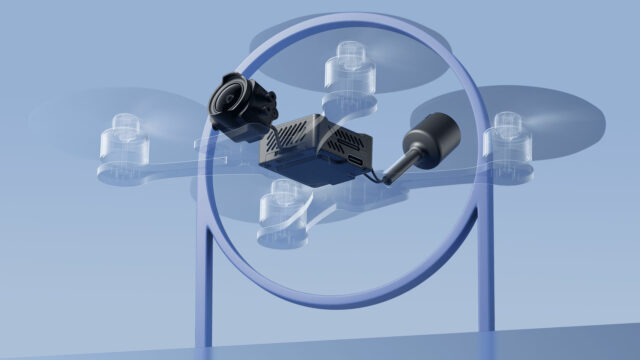
The O3 Air Unit furthermore offers a canvas mode that allows for customization of the on-screen display (OSD) in the goggles. For more options in viewing and control, the Air Unit is compatible with DJI Goggles 2, DJI FPV Goggles V2, and DJI FPV Remote Controller 2.
DJI Goggles 2 available standalone
DJI first introduced the lightweight and compact Goggles 2 as a part of the DJI Avata Pro-View combo. Now, DJI Goggles 2 is available as a standalone version as well. It takes advantage of DJI O3+ transmission for latency as low as 30 ms. For better image quality, the Goggles 2 uses micro-OLED screens plus the built-in diopters are adjustable from +2.0 to -8.0 to let users who wear corrective lenses fly glasses-free.
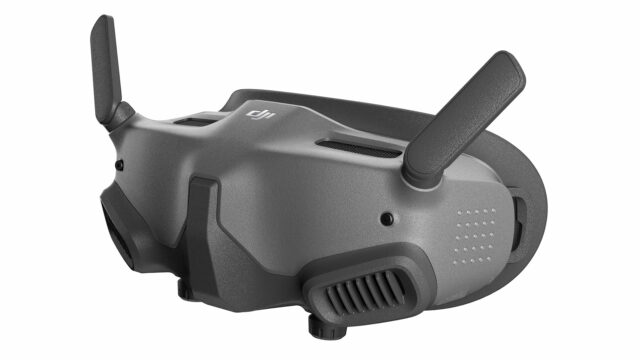
There is a soft, replaceable foam padding that reduces light leakage and SyncSmooth technology for a more fluid live feed that reduces visual fatigue. With Audience Mode, you can connect second goggles to give a friend or director a peak of what the drone sees in real time. DJI Goggles 2 is compatible with the DJI O3 Air Unit, DJI Avata, and DJI FPV Remote Controller 2.
Price and availability
The DJI O3 Air Unit and DJI Goggles 2 are available right now. The Air Unit package consists of the camera module, transmission module, antenna, and 3-in-1 cable, costing $229.
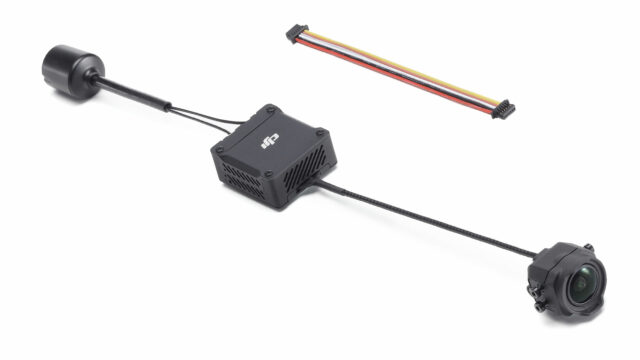
DJI Goggles 2 price has been set to $649 and the goggles come with a battery, eyeglass frames, screen protector, headband, power cable, dual-band antenna, and OTG cable.
Do you film with FPV drones? What do you think about the new DJI O3 air unit and the Goggles 2? Do you think this makes mounting action cameras on FPV drones a history? Let us know in the comments section underneath the article.



